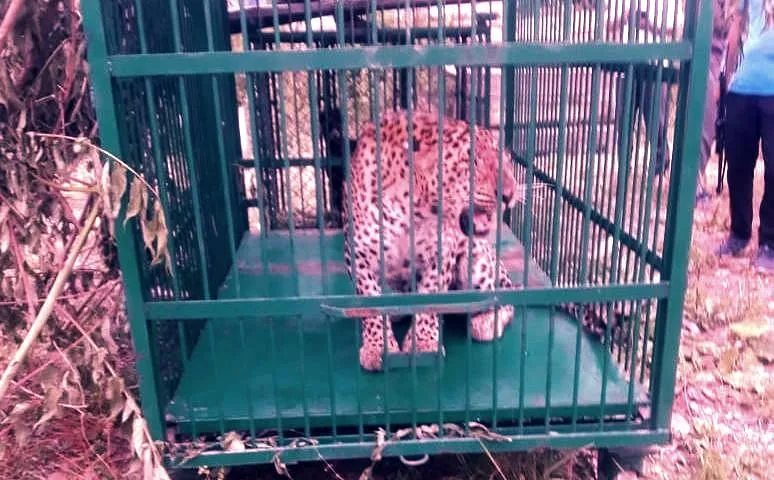Human-wildlife conflict (HWC) is as old as human history and there are numerous factors responsible for it, like shrinking of forest land, encroachment, rapid increase in human population and high biodiversity interactions between people and wild animals.
As a result of which the issue of HWC is becoming more and more prevalent. Human beings can tolerate material loss as it can be compensated to some extent but when this conflict leads to the loss of human life, it is unbearable.
The recent death incident of a 12-year-old girl falling prey to a roaming leopard descended a pall of gloom across the length and the breadth of Jammu and Kashmir.
This is not the first case. We have seen several such incidents happen earlier also and each time the department of forests and wildlife assured the people that they would take necessary measures to safeguard the lives of people.
But most of the time those promises made by them remain unfulfilled, which ultimately led to more and more deaths.
If the concerned department and its allied wings are sincere and serious in their approach, they must take necessary measures to address this issue so that no more human loss occurs.
While developing fool proof management to counter this problem, the following steps must be taken into consideration.
Proper demarcation with concrete fencing: There is a need to do complete demarcation of forest land/ Wildlife Sanctuaries and install concrete fencing around the areas without any delay.
Enhance watching hours: Keeping the previous record of such incidents in view regarding the particular timing, season, or vulnerable areas, the department should deploy required number of guards at the particular area without making any sort of compromise.
Research, planning, and long-term policy management: It is not possible to put a complete halt to human-wildlife conflict, but it can be substantially reduced through concerted efforts. Ad-hoc solutions are not feasible in the long term, and a comprehensive action plan needs to be formulated in this regard.
Organise awareness camps: There is a need to organise awareness camps, especially in hilly and border districts so that people take precautionary measures. In this regard, a coalition of government agencies, local stakeholders, non-government organisations, research institutes, and other concerned individuals can play a pivotal role to mitigate the loss of life.
Filling and creation of posts: Just a few days I talked about this incident with one of the officials who has been rendering his duties in the Wildlife department as a senior guide for the last 20 years. He was deeply moved by that particular incident. He attributes many reasons for such kinds of incidents. According to him the deficiency of staff is one of the reasons. It is not practically possible for a guard on duty to look after the large portion of land, and the wildlife. “It is should be the prime priority of the concerned department to fill up the vacant posts as early as possible. At the same time, the department must move the proposal before the government for the creation of new posts”. He said.
Application of digital technology: The usage of digital technology like the installation of Closed Circuit Television (CCTV) for surveillance, installation of portable automatic cages outside of the boundary walls of animal habitation, well equipped human resources (guards) can reduce the HWC to a great extent
Apart from these measures, people’s participation and cooperation is a must. They should avoid unnecessary movement toward forest areas. They shouldn’t place any kind of rotten foodstuff or carcasses of dead animals near the forest area.
Haroon Rashid Bhat is a teacher.
Disclaimer: The views and opinions expressed in this article are the personal opinions of the author.
The facts, analysis, assumptions and perspective appearing in the article do not reflect the views of GK.






